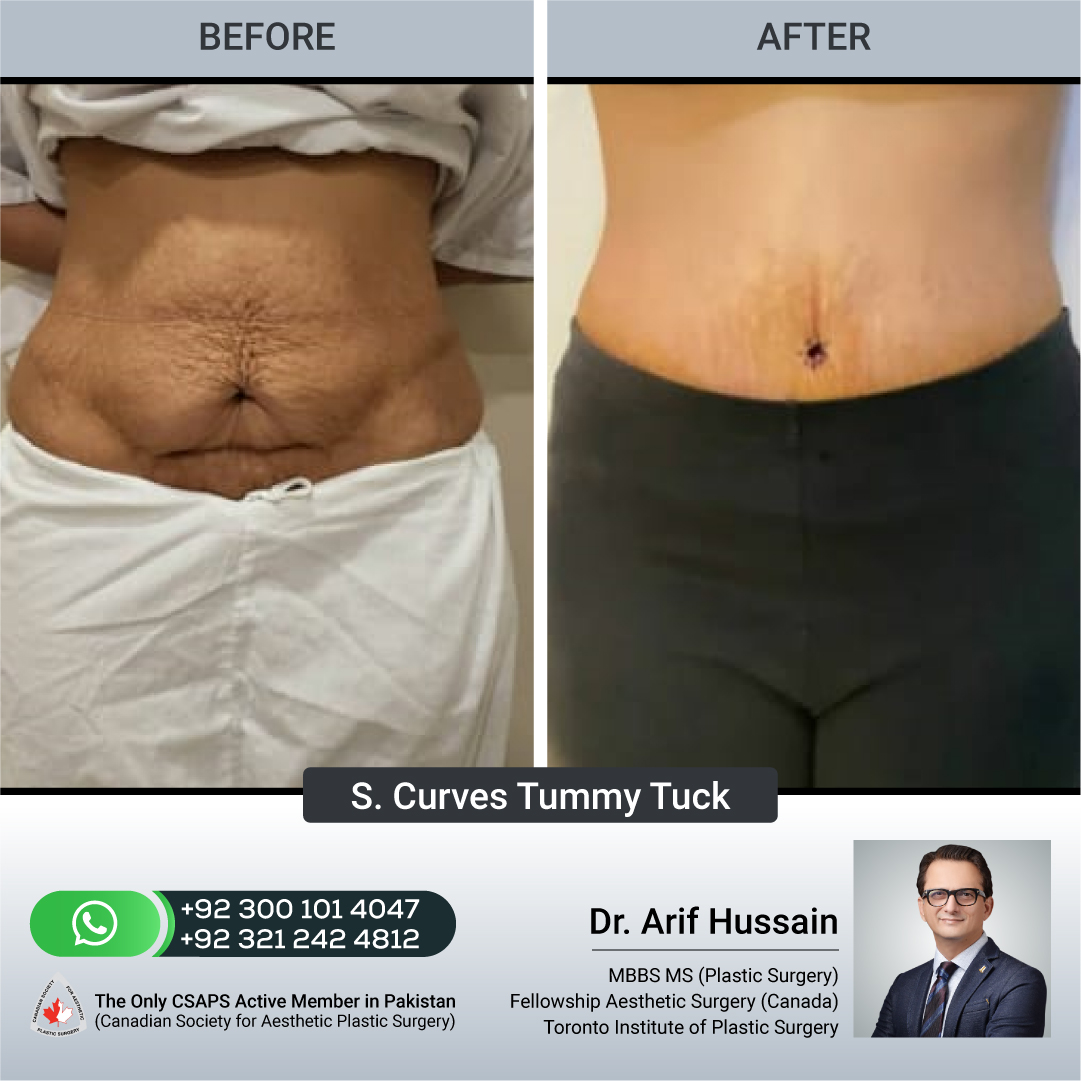
What Is Involved With A Tummy Tuck Procedure? Lymphatic Drainage And Compression Are They Necessary?
Are you missing your sleek appearance just as you once had before pregnancy? Do you also suffer from loose and flabby skin as a result of excessive weight loss? Do you want that toned and smooth figure back? Then the ultimate solution for you is getting a tummy tuck in Karachi, Pakistan. This procedure is fairly simple and aims to tone your body by removing excess skin. It also tightens those loose abdominal muscles. It gives instant results that can be retained through a healthy diet and exercise. Let’s get to know more about it here.
What Is Involved With A Tummy Tuck Procedure? Lymphatic drainage and compression are they necessary? Do I still have to exercise after tummy tuck and liposuction? Let’s explore these questions to help you make an informed decision.
Considering a Tummy Tuck in Karachi, Pakistan? Learn More About the Procedure.
Also, if you’re looking for information on addressing post-childbirth concerns, read on to discover ‘5 Facts About Hanging Belly After Childbirth.‘ And, find out ‘How Much Time Does A Droopy Loose Skin Take To Reduce After Tummy Tuck?‘ to understand the recovery process.
Tummy Tuck’s Procedure. What To Expect?
The entire procedure usually takes about two to three hours. Your surgeon will give you general anaesthesia in order to carry out the tummy tuck procedure. He may also give you antibiotics to reduce any risk of infection.
Before the surgery, he will mark the area from which he will remove fat.
He will then make incisions in a horizontal direction. He will then remove extra fat deposits on the naval. After the fat removal, he will start repositioning the skin around the belly button. He will then suture the skin together. The scar left behind will fade away gradually.
After the procedure, he will cover the incisions with a surgical dressing. He will also place small tubes near the incision sites to drain excess fluids. He will leave them there for several days and they will also guide you beforehand on how to handle them yourself.
Your surgeon will also recommend you move around a little to prevent the development of blood clots. But you will have to avoid any movement for a few weeks that may cause strain on the wounds. he may also prescribe you blood-thinning medicines.
Compression Garments:
During the initial days, it is normal to experience swelling around the incision area. You will have to experience it for some weeks after the surgery. Therefore, your doctor will recommend you to wear girdle or compression garments. It will help in reducing the swelling and keeping everything in its place.
It will also provide support for abdominal support throughout the healing period. How long will you have to keep wearing it? Well, your doctor will tell you that exactly, depending on your condition and recovery speed.
On average, the patient has to keep wearing it for 3 months. It helps the body in achieving that best version while recovering.
Lymphatic System:
The lymphatic system runs in the body and brings fluids to joints and tissues. In addition to that, it also drains toxins back to the lymph nodes where the drainage occurs. When compared to the circulatory system, the lymphatic system is slow. It plays an important role in maintaining immunity.
When a body goes through surgery or an injury, the instant and automatic response of the body is swelling and bruising. That’s when the lymphatic system comes into the picture. All fluids of the body rush to the inflicted area taking along white blood cells to nourish the area.
Manual Lymphatic drainage allows the moving of any excess fluid built up in the body. Later on, this also flushes out the fluid. Other than this, it also:
- Contributes to healing and faster regeneration of tissues after the surgery.
- Eliminates toxin buildup from the body.
- Contributes to reducing swelling after the surgery.
- Reduces fluid retention.
- Due to faster regeneration, it also reduces the chances of scarring.
- Contributes to improving skin quality, therefore giving a more vibrant appearance.
- Eliminates metabolic wastes from the body and excess water.
- Prevents the development of fibrosis. It is a thick fibrous scar tissue that is built under the skin.
- Allows you to get the best possible results out of your procedure.
- Removes the risk of seroma formation. It is a fluid collection that the lymphatic system usually drains. Both seroma and hematoma can cause complications therefore this technique helps to avoid it to lead to a smooth recovery period.
Your surgeon will guide you about the drainage suction procedure and how to operate it properly. During the initial days, the drains can appear bloody. It will change its colour from dark to yellow or pink colour as the day’s progress.
The surgeon will take out the drain which will have a lower output generally after a week of surgery.
The Takeaway:
To get the best results out of any procedure, you will need to trust a reliable and credible surgeon for the job. That’s why we highly recommend Dr Arif Hussain, as he is more than well-equipped to handle a number of procedures that include Tummy Tuck as well. It is also one of his most sought out procedures and many of his patients have given very positive feedback.
No matter which procedure you want, in the end, every process needs accuracy and precision to guarantee its success which depends upon the experience of the surgeon.
In addition to that, there is another way through which you can improve the success rate of your tummy tuck.


